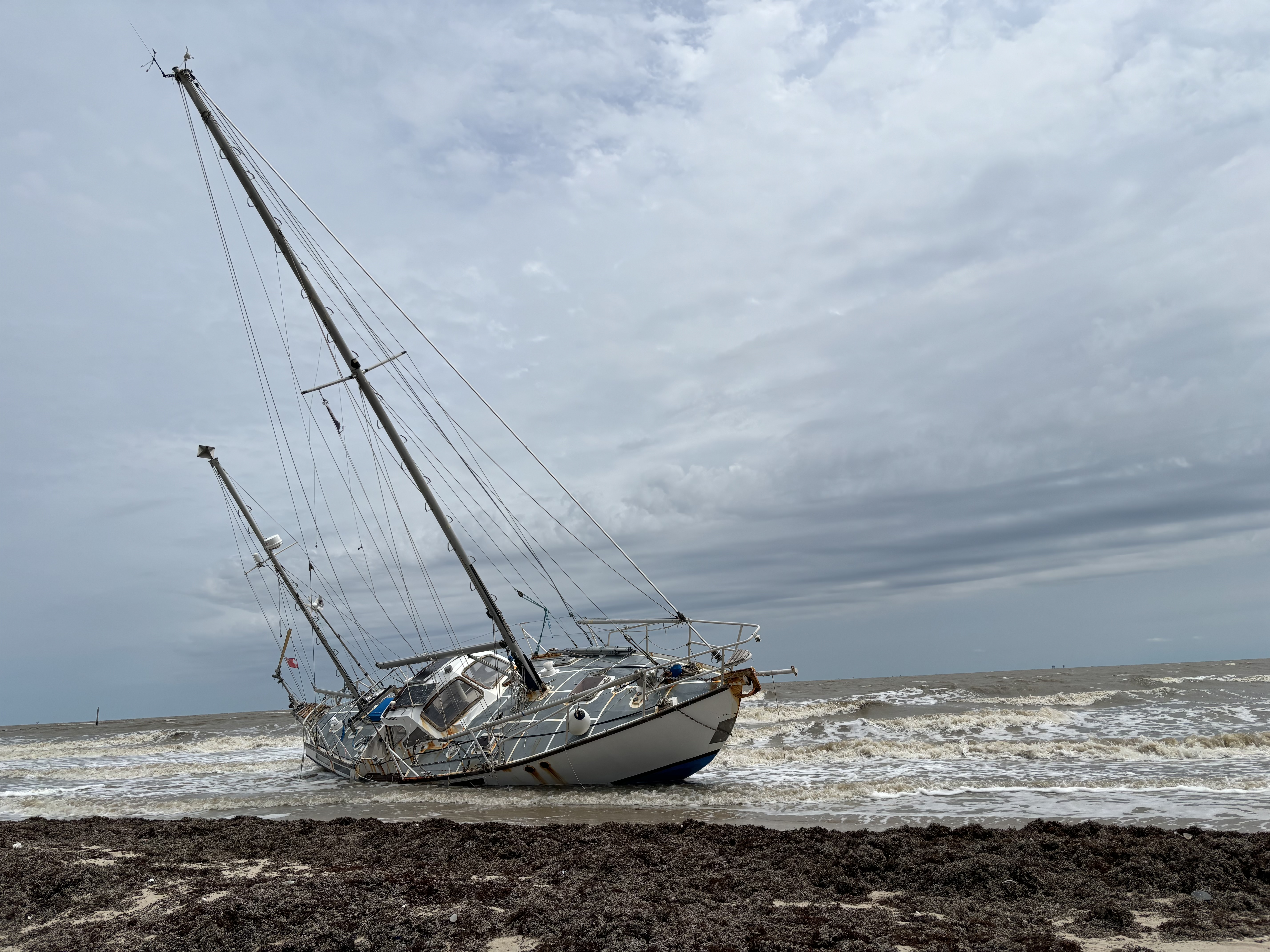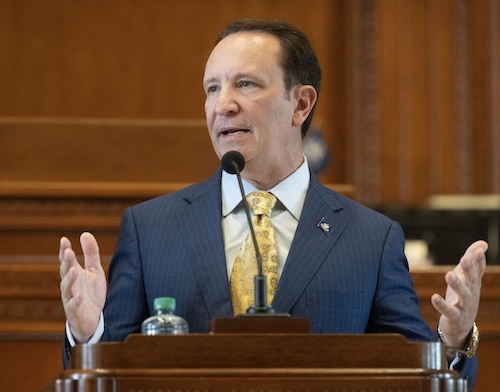Red River Refuge to give jolt to economy
Published 10:27 am Monday, November 7, 2011
BOSSIER CITY (AP) — Not that it will surprise anyone associated with the Red River National Wildlife Refuge, but a recent study conducted by Southwick Associates supports the idea that outdoor recreation provides economic boosts and job opportunities to communities where they are located.
The report, completed in October for the National Fish and Wildlife Foundation, shows that $1.7 billion in economic activity is generated through recreation use on national wildlife refuges. And that number continues to grow, according to Evan Hirsche, president of the National Wildlife Refuge Association.
“We know refuges and other public land provide additional benefits to our primary purposes, which of course for us is primarily wildlife related, so it is nice when studies like this are done and they are able to put dollar amounts on other benefits that are not so easily valuated,” said Red River Refuge manager Pat Stinson. “Hunters and fishermen have historically added the most to local economies while using public lands, but as you can see, the number of wildlife watchers and their economic impact is now approaching the same level.”
Hirsche said it costs the federal government $3.28 per acre to manage the nation’s current refuge system, but those refuges generate $975 for every dollar appropriated.
“That’s an 850 percent increase in the original investment,” Hirsche said. “This proves that our national wildlife refuges, along with other conservation efforts, are some of the best investments in the world.”
The local refuge will soon create another economic boost when the refuge visitor center and Friends Nature Store open sometime in late November or early December.
“We are looking forward to our new visitor center opening and getting additional people out on the refuge,” Stinson said. “We feel that economic impact will continue to be a positive for local communities in northwest Louisiana as more people become aware of the refuge and its recreational opportunities and our infrastructure continually develops.”
The Southwick study indicates Americans, whether conservationists, hunters or anglers, contribute more than $1 trillion to the U.S. economy annually.
“The study also shows that more than 9.4 million jobs are a direct result of the outdoors,” Hirsche said.
There have been 44.5 million refuge visits across the country already in 2011 generating over $1.5 million.
“With an estimated employment impact of more than 32,500 jobs, that impacts local economies by nearly $4.2 million so far in this year alone,” Hirsche said.
Other findings of the Southwick study:
In 2006, the total contribution from outdoor recreation in the United States was over $730 billion a year, generates 6,435,000 U.S. jobs and $88 billion in federal and state tax revenues. This includes hunting, fishing, wildlife viewing and the “human-powered” recreations such as hiking, camping, skiing, paddle sports and bicycling.
In 2008, 28.3 percent of U.S. adults went boating at least once. Recreational marine manufacturers employed more than 135,900 people and retail boating/service businesses employed another 217,718 people.
The total value of ecosystem services provided by the acreage of natural habitats in National Wildlife Refuges in the United States totaled $32.3 billion/year, or $2,900 thousand/acre/year.
The value of ecosystem services provided by natural habitat in the 48 contiguous United States amounts to about $1.6 trillion annually, which is equivalent to more than 10 percent of the U.S. GDP.
The loss of about 9.9 million acres of wetlands in the U.S. since the 1950s has resulted in an economic loss of more than $81 billion in all wetlands-related ecosystem services.
Visitors to Army Corp of Engineers land generated $34.0 billion in sales, contributing $17.1 billion in direct income, and supported 420,000 jobs at the national level in 1996.
Home owners near parks and protected areas are repeatedly seen to have property values more than 20 percent higher than similar properties elsewhere.





